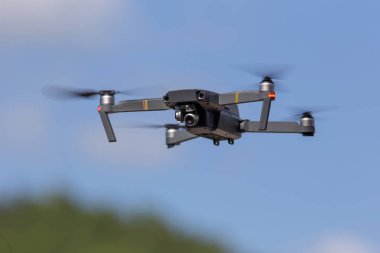
Could one night of coordinated strikes remake a nation’s war economy? In late October 2025, Russia endured one of the most extensive aerial offensives of the conflict, when more than a hundred Ukrainian drones pierced deep into its territory, igniting oil refineries, petrochemical plants, and fuel depots. The scale and precision of the attacks underlined the tactical evolution in Ukraine’s long-range strike campaign.
The following breakdown explores ten key dimensions of this unparalleled strike, from operational details and economic consequences to what they say about the shifting balance in the strategic landscape of the war.

1. Scale and coordination of the drone offensive
The number of drones crossing Russian airspace on the night of October 28–29 was between 100 and 130, according to monitoring channels. Airspace restrictions were imposed at the airports of Vladikavkaz, Grozny, Samara, and Moscow, and flights were suspended at Domodedovo and Zhukovsky. Russia’s Ministry of Defense claimed that 100 drones were intercepted, yet multiple industrial targets were hit, demonstrating that even extensive air defense coverage cannot fully prevent penetration when attacks are massed and geographically dispersed.
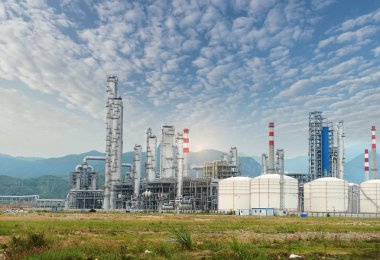
2. High-Value Energy Targets Hit
Ukraine’s Special Operations Forces confirmed precision strikes on the Mariysk Oil Refinery, Novospassky Oil Refinery, and the Budyonnovsk Gas Processing Plant. The Mariysk facility can process up to 1.6 million tons of crude annually, while Novospassky handles 600,000 tons, and Budyonnovsk’s gas plant produces 2.2 billion cubic meters per year. These places are important not just for the civilian fuel supply but also for military logistics and petrochemical production.

3. Petrochemicals Capacity Disruption
Targets in Stavropol Krai included the Stavrolen LLC petrochemical complex, belonging to Lukoil, which produces polyethylene, polypropylene, and benzene-high-demand products for the manufacture of pipes, insulation in cables, and building components. Even partial damage to such facilities would resonate across a wide range of industries, from slowing infrastructure projects to placing limits on supply chains vital for defense-related manufacturing.
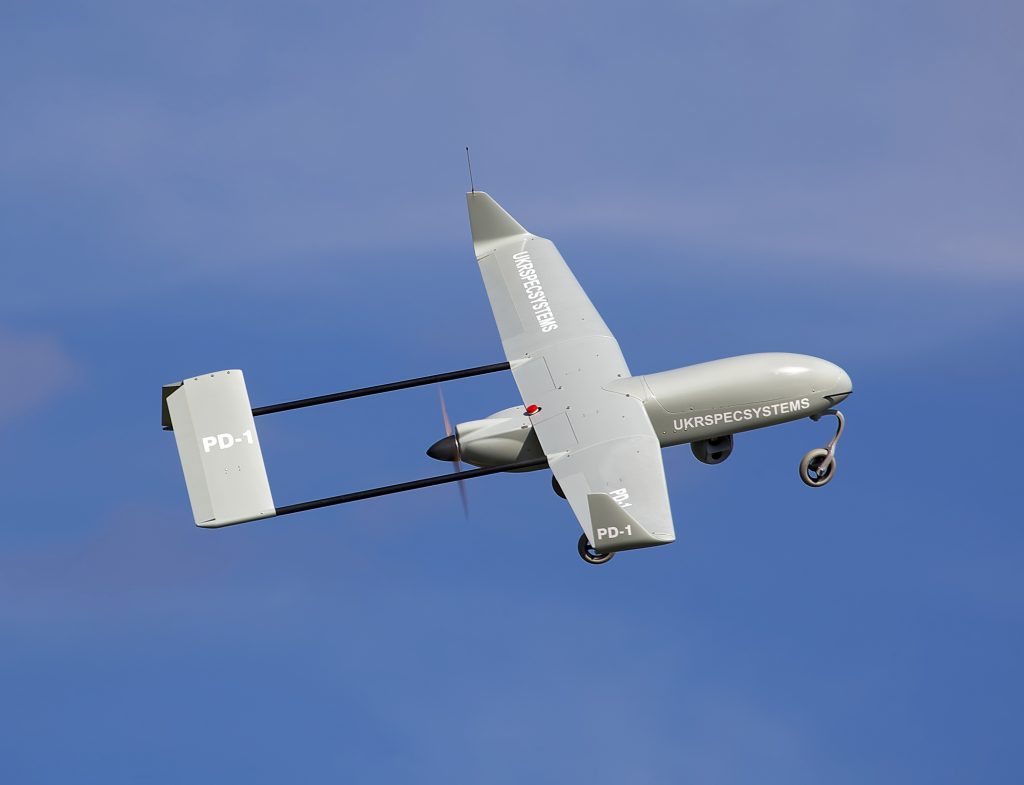
4. Geographic Reach of the Strikes
The attacks were recorded from Bryansk to Mari El, from Crimea to Ulyanovsk, with some drones reaching their targets more than 1,500 km from Ukraine’s borders. That deep-strike capability reflects improvements in Ukrainian UAV range and payload capacity, allowing for hits like the one conducted against Gazprom Neftekhim Salavat in Bashkortostan, far from the front lines.
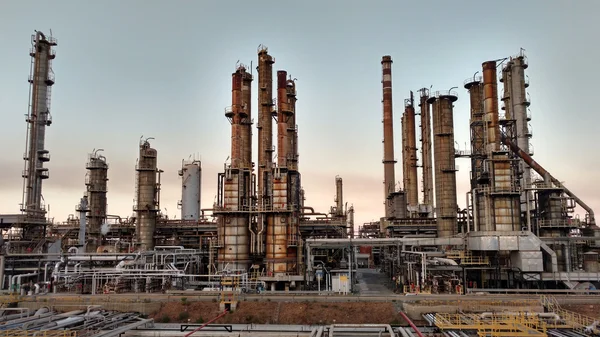
5. Impact of Refining Capacity
Estimates suggest that since August, up to 38% of Russia’s total refining capacity has been affected, though actual output reduction is closer to 10% due to partial operations and surplus primary distillation capacity. Repeated strikes on the same plants-such as Volgograd and Novokuybishev-have forced shutdowns and delayed repairs, compounding supply constraints.

6. Fuel Shortages and Price Surges
In September, retail fuel prices rose 2.6%, the sharpest month-on-month increase since 2018, and annual inflation was at 12.7%. Wholesale gasoline prices are up 40% so far this year. Long lines in front of petrol stations have become a routine for southern Russia and Crimea, where up to 50% of retail stations have stopped operation because of losses from high wholesale prices.
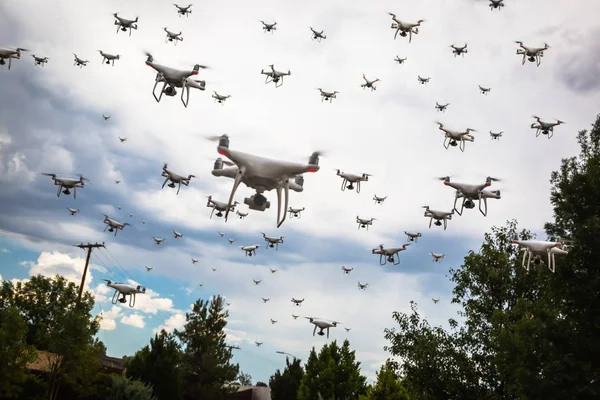
7. Civilian and Regional Effects
In Belgorod, locals speak of incessant blackouts, air raid sirens, and the sound of gunfire from air defenses. In Crimea, a blaze on a fuel storage tank there, following a drone strike, has disrupted local supply. Outside Russia, Tajikistan has seen record fuel prices and rationing because of broken logistic chains, indicative of the transnational consequences of such a strike on energy-dependent economies.
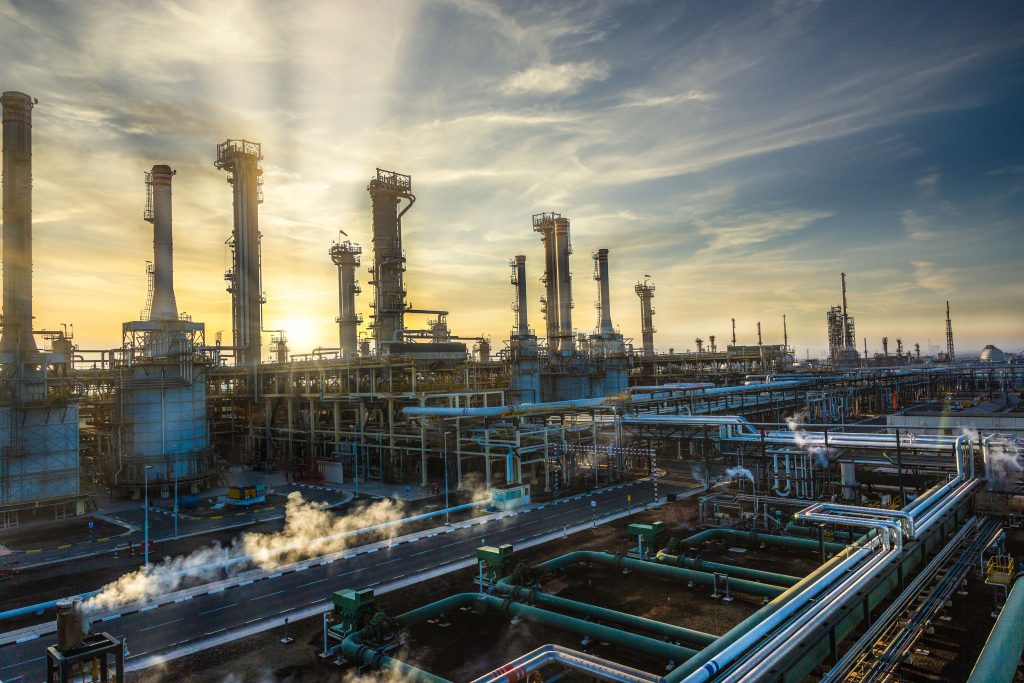
8. Russian Countermeasures and Limitations
To stabilize supply, Moscow has also extended bans on gasoline and diesel exports, reduced environmental fuel standards, and considered adjusting blends. But analysts like Igor Yushkov say that without securing refineries against further attacks, such administrative measures cannot prevent physical shortages. Sanctions on refining equipment also delay repair work.
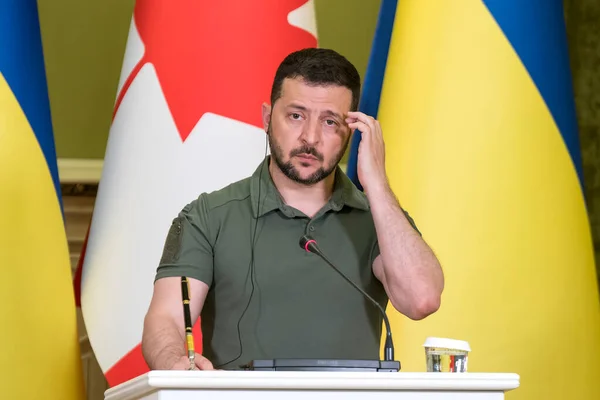
9. Strategic Objectives of Ukraine’s Campaign
President Volodymyr Zelensky has said, “This is their money for the war-from oil refining. That’s why we are working on it.” Through these strikes against energy infrastructure, Ukraine is trying to cut into Russia’s funding of its war and force strategic exhaustion. According to Justin Crump, a former British Army officer, this is a “core campaign” driven by intelligence assessments of maximum economic pain.
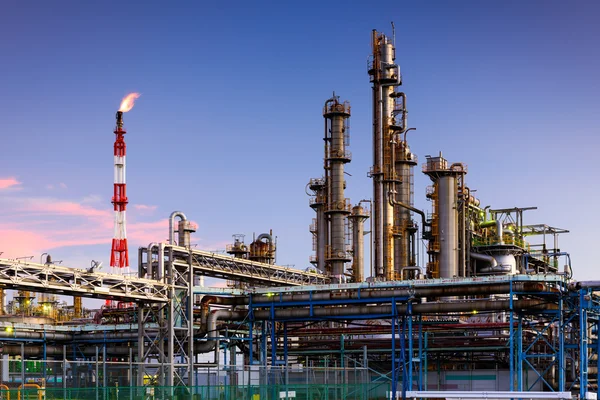
10. Long-term view and external pressure
The International Energy Agency projects suppressed Russian refinery rates until mid-2026 if strikes continue. Analysts stress that constant external pressure via tighter sanctions on oil exports and increased military aid to Ukraine is needed to amplify the economic damage and therefore may push Moscow toward negotiations. That offensive in October capped a new, precise, high-tech strike strategy against Ukraine’s energy sector. While the refining network of Russia has not collapsed, the result has been an erosion of resilience. The clear implication of all this for defense analysts and energy professionals: sustained, specific pressure on key infrastructure can reorder the strategic calculus in a conflict even with limited immediate battlefield gains.

